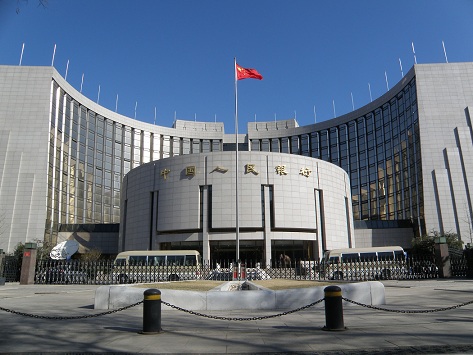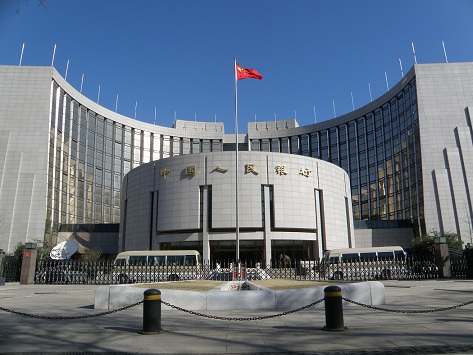
BEIJING, Feb. 14 (Xinhua) -- Chinese central bank, the People's Bank of China (PBOC), unveiled the bond lending business rules on interbank bond market on February 11 to streamline related interbank bond lending business, reported Xinhua-run Xinhua Finance.
The interbank market bond lending rules, which will take effect as of July 1 this year, set requirements on bond lending participants, collateral to performance of related agreements, and bond lending master agreements to improve the existing bond lending rules, including supporting centralized bond lending to increase efficiency and flexibility of bond lending transactions.
To strengthen risk control, the bond lending rules contain requirements on reporting and information disclosure of large-sum bond lending transactions, risk monitoring and self-discipline management.
When bond lending-related default occurs, the rules provide that the bond borrower and lender shall deal with the default pursuant to their master agreements or apply for arbitration or file a lawsuit in a court.
For a bond borrower, if the balances of its bonds borrowed exceed 20 percent and more of its total self-owned bond holdings or the balances of a single bond it borrows exceed 10 percent and more of the aggregate issues of this bond, the bond borrower shall report in written form and explain to the trading platforms and bond settlement service institutions before 12:00 o’clock in the next working day every time when the balances in the above-mentioned two situations increase by five percentage points, according to the rules.
Transaction platforms and bond settlement service institutions are required to disclose, in accordance with the rules and authorization of PBOC, bond lending-related information.
The interbank bond market self-discipline organization is required to formulate the bond lending master agreements and report to the PBOC for filing.
Market players said the rules are helpful to satisfy the diversified trading demand of market participants, improve the position management capability of market makers and improve interbank bond market liquidity.
In the past, bond lenders and borrowers needed to sign for each bond lending deal a related agreement, which meant relatively high costs and poor convenience. (Edited by Duan Jing with Xinhua Silk Road, duanjing@xinhua.org)




 A single purchase
A single purchase









